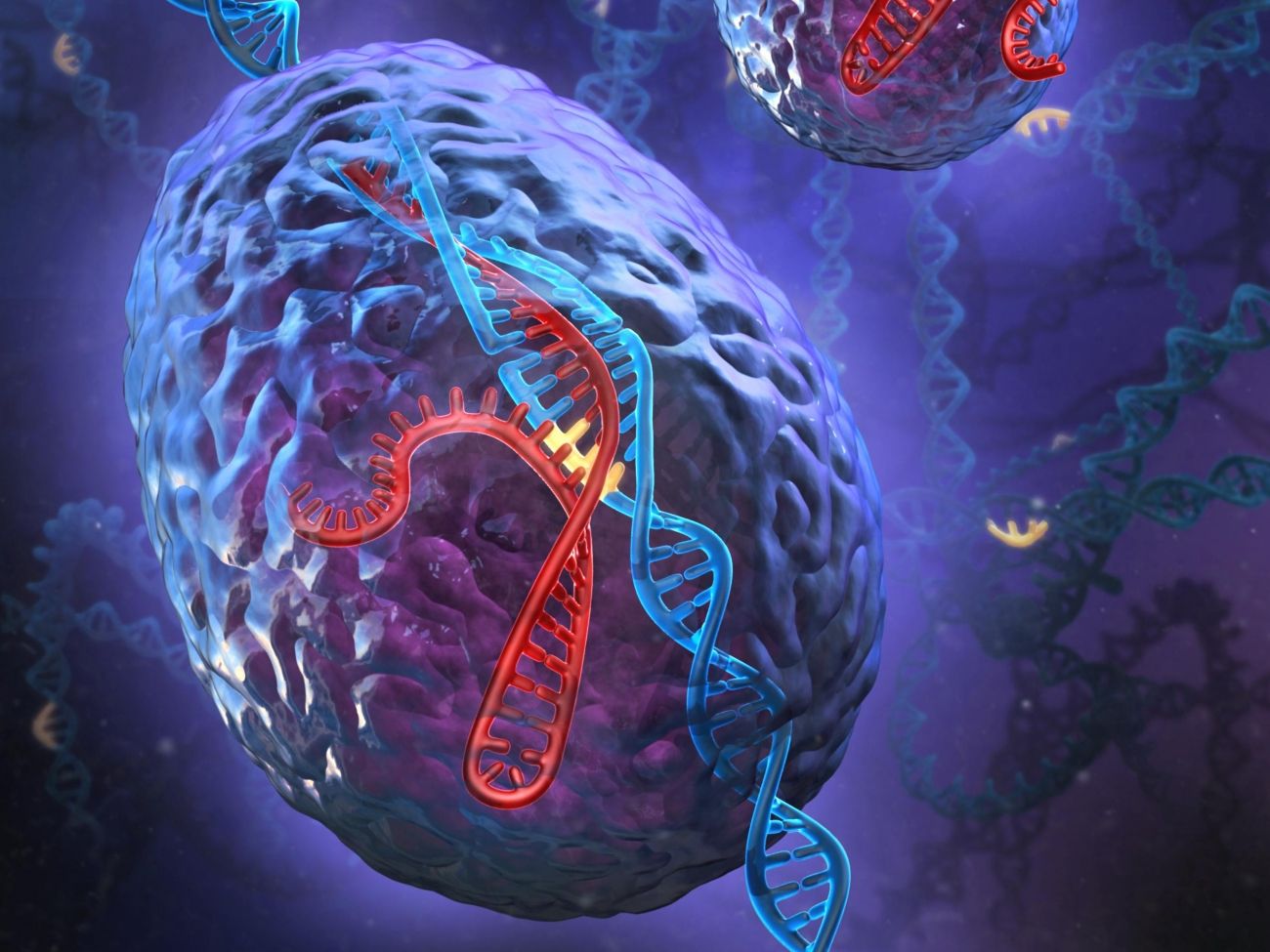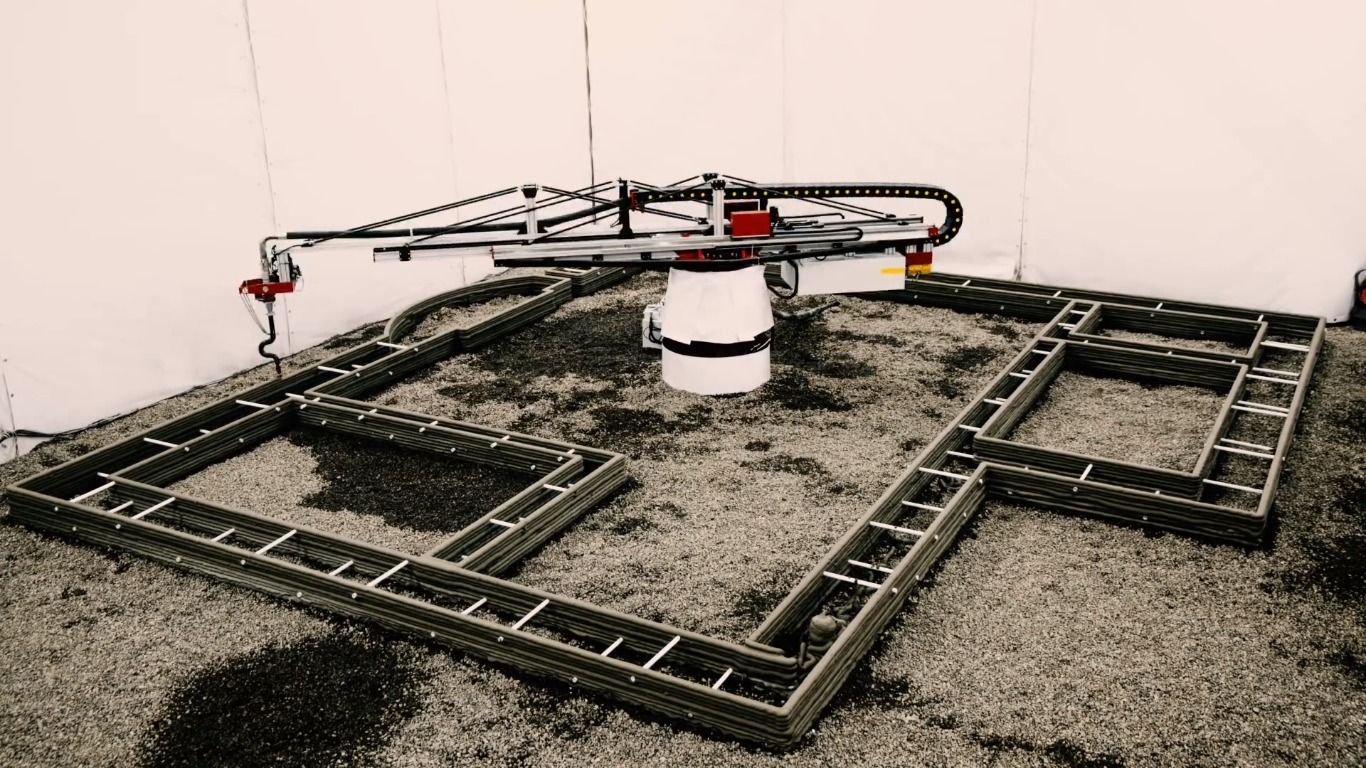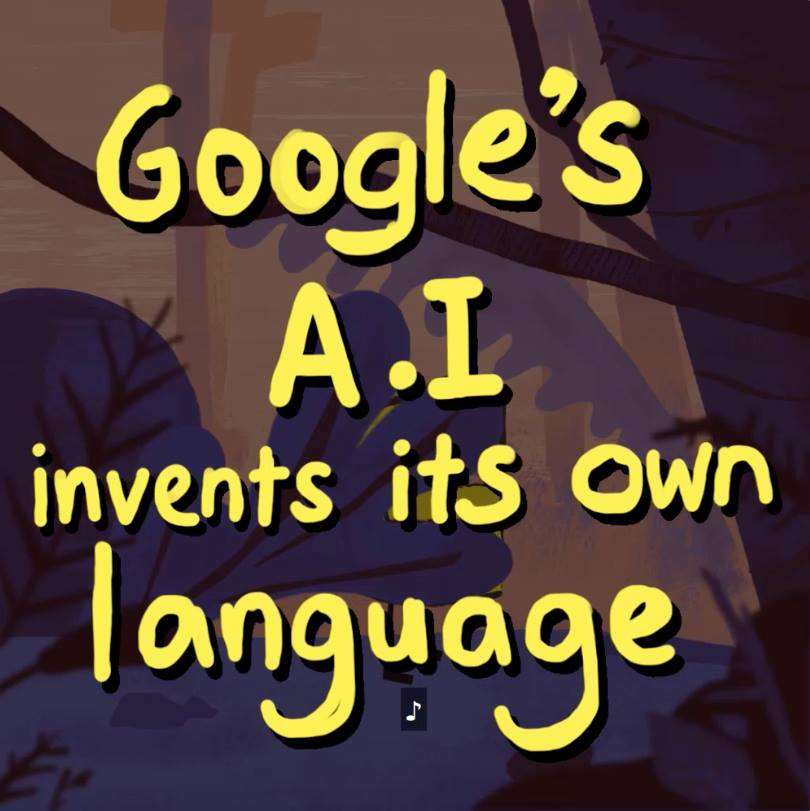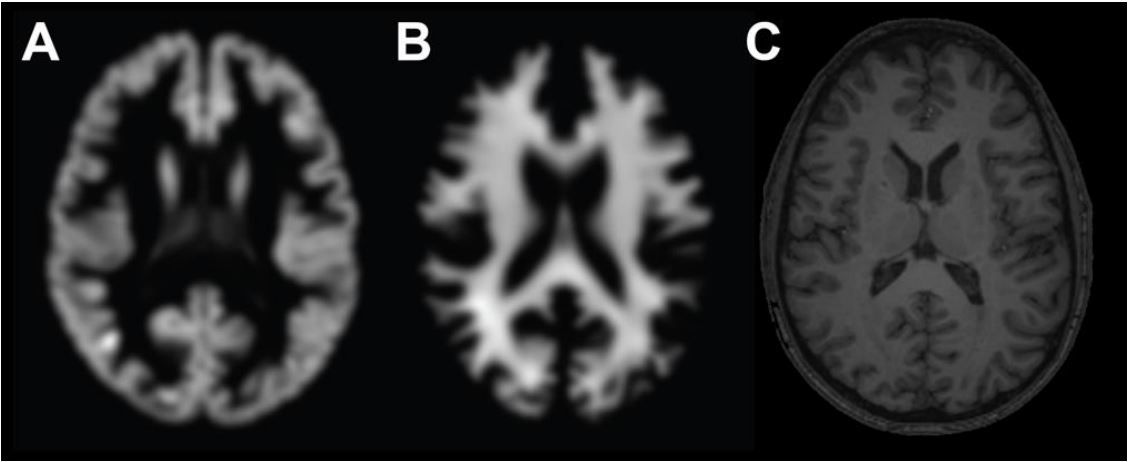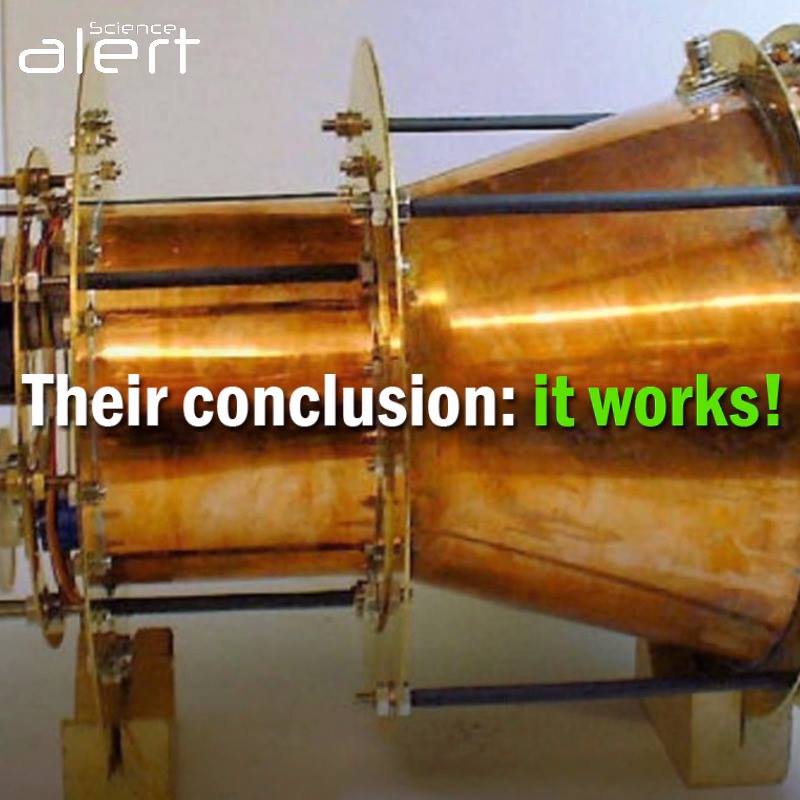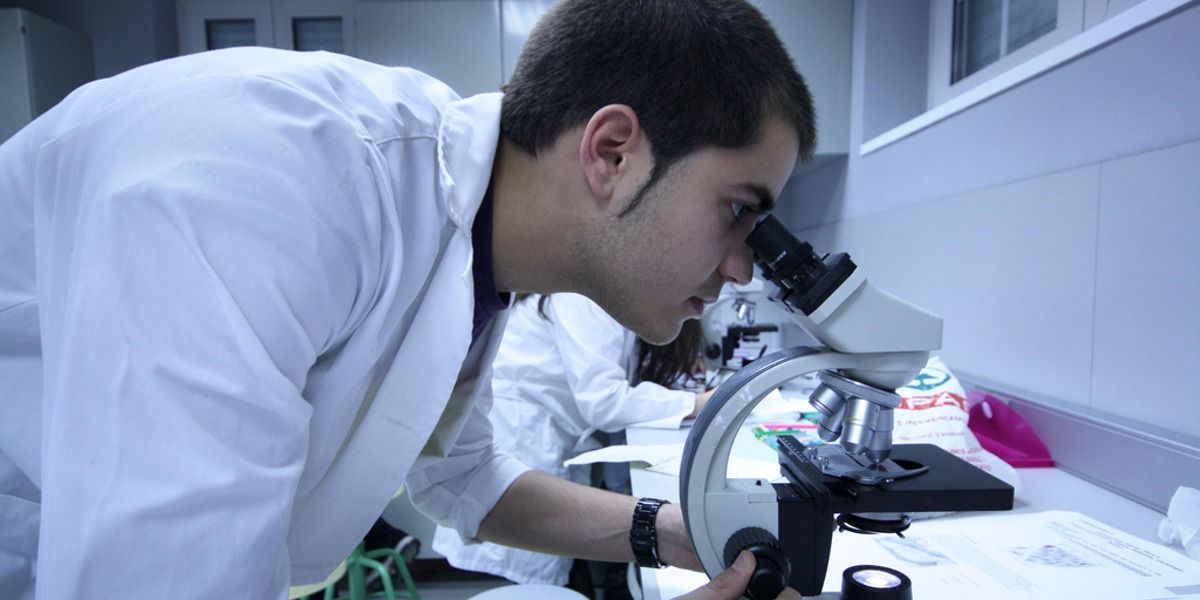Page 10378
Dec 13, 2016
Intellia gears up for human testing of CRISPR with new HQ, set to double staffers
Posted by Carse Peel in categories: bioengineering, biotech/medical
After getting off its $100 million-plus IPO in the summer, gene editing biotech Intellia Therapeutics is getting ready for human tests of its preclinical CRISPR tech with new digs designed to help bolster its research capabilities.
The biotech, which has the backing and partnerships of the likes of Atlas, Novartis and Regeneron, is on the move as it heads over to its new lab facilities at 40 Erie Street, in Cambridge, MA.
“The field of genome editing is rapidly evolving and our work to develop therapies for patients requires that we have the infrastructure necessary for R&D growth and prepare for preclinical studies and clinical trials,” said Dr. Nessan Bermingham, CEO and founder of Intellia Therapeutics.
Dec 13, 2016
Proposing Cross-Linking in the Extracellular Matrix to Contribute to Immunosenescence
Posted by Steve Hill in categories: biotech/medical, health, life extension
Removing Glucosepane crosslinks from tissue is one of the most important things groups like SENS Research Foundation are doing and their progress relies on our support.
In this interesting open access paper, the authors propose that too little attention has been given to immune cell behavior in tissues rather than in blood, and that means that researchers have overlooked the possibility that age-related changes in the extracellular matrix structures that support tissues might be a significant cause of the growing immune dysfunction that takes place in later life. One of the more important of these changes in the extracellular matrix is the growing presence of cross-links, persistent sugary compounds produced as a byproduct of normal metabolic operations that chain together the large molecules of the extracellular matrix. In doing so these cross-links change the chemical and structural properties of the matrix and the tissue as a whole, producing results such as loss of elasticity in skin and blood vessels, which in turn contribute to a variety of age-related diseases. If cross-linking does indeed contribute to immunosenescence, the decline of the immune system with age, then that only increases the importance of ongoing research funded by the SENS Research Foundation aimed at safely breaking down this unwanted form of metabolic waste. In humans near all persistent cross-links appear to involve a single class of compound, glucosepane. So in theory there is only a single target here, needing just one drug development program to make a large difference to long-term health and longevity.
Dec 13, 2016
Reviewing Space developments in 2016 and the next big future in space
Posted by Klaus Baldauf in categories: biotech/medical, robotics/AI, space travel
This is one of the Nextbigfuture article series reviewing developments in 2016 and looking ahead to developments over the next few years. Here we look at 2016 in space. Later articles will look at medicine, life extension, energy and other areas. Previously we reviewed computers and artificial intelligence
The biggest developments in space in 2016.
SpaceX had several successful launches and landed several rocket stages but had an accident which has grounded SpaceX. They hope to launching again in January 2017.
Continue reading “Reviewing Space developments in 2016 and the next big future in space” »
Dec 13, 2016
America’s first 3D printed houses
Posted by Klaus Baldauf in categories: 3D printing, habitats, sustainability
The U.S may soon have 3D printed homes, and a new partnership are claiming they will be created in just one day. Construction company Sunconomy have teamed up with Russian 3D printers Apis Cor and their 3D concrete printer and realize this ambition. Larry Haines, founder of Sunconomy, wants the public to join them on a “revolutionary journey to build affordable, smart, sustainable housing with Apis Cor’s new 3D concrete printer “. Sunconomy are currently crowd-funding for this project with a goal of over $500,000.
Dec 13, 2016
Is your brain aging faster than the rest of your body? An AI machine can now tell you
Posted by Elmar Arunov in categories: biotech/medical, business, life extension, robotics/AI
Determining brain age from an MRI scan has always been a time-consuming business. Now an AI machine gives the answer in seconds.
Dec 12, 2016
A virus-sized computing device
Posted by Shailesh Prasad in categories: biotech/medical, computing, nanotechnology, particle physics
Researchers at University of California, Santa Barbara, have designed a functional nanoscale computing element that could be packed into a space no bigger than 50 nanometres on any side.

In 1959, renowned physicist Richard Feynman, in his talk “Plenty of Room at the Bottom” spoke of a future in which tiny machines could perform huge feats. Like many forward-looking concepts, his molecule and atom-sized world remained for years in the realm of science fiction. And then, scientists and other creative thinkers began to realise Feynman’s nanotechnological visions.
Dec 12, 2016
Physicists in Australia Just Proved Reality Doesn’t Exist
Posted by Shane Hinshaw in category: physics
Get ready to have your mind blown. According to an experiment led by two physicists in Australia, reality doesn’t exist. Turn on, tune in, and drop out man, because the world as you know it is all kinds of weird, at least on a quantum level.
Andrew Truscott and Roman Khakimov of The Australian National University used atoms to put a John Wheeler delayed-choice thought experiment to practical use. The Wheeler thought experiments ask, in theory, at what point does an object decide to act like one thing or another.
Truscott and Khakimov’s team used what is assumed to be extremely expensive and complex scientific equipment to trap a single helium atom and then drop it through a pair of laser beams that formed a scattered grating pattern.
Continue reading “Physicists in Australia Just Proved Reality Doesn’t Exist” »

